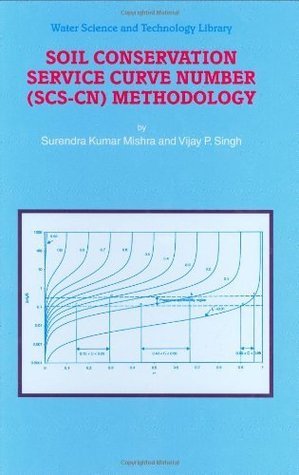What do you think?
Rate this book


The book is divided into nine chapters, treating the following topics: a brief introduction of rainfall-runoff modeling and elements of catchment, precipitation, interception, surface detention and depression storage, evaporation, infiltration, runoff, and the runoff hydrograph; the factors affecting the curve number (CN), the determination of CN, the use of NEH-4 tables, sensitivity analysis, advantages and limitations of the SCS-CN method, and application to distributed watershed modeling; an analytical derivation of the SCS-CN method focusing on the Mockus and other methods; a determination of `S' using the volumetric concept encompassing an analytical derivation, verification of the existing AMC criteria, determination of S, use of NEH-4 tables and advantages and limitations of the modified model; the determination of `S' using physical principles, involving Fokker-Planck equation of infiltration, description of S, S/P relations for the modified model and determination of Ds from universal soil loss equation; simulation of infiltration and runoff hydrographs, with particular emphasis on SCS-CN-based infiltration and runoff models and application of infiltration and runoff models; long-term hydrologic simulation and hydrologic models of Williams and LaSeur, Hawkins, Pandit and Gopalkrishnan, and Mishra and others; rainfall-excess computation, soil moisture budgeting, catchment routing, and baseflow computation; transport of pollutants in urban watersheds; and sediment yield.
536 pages, Kindle Edition
First published January 31, 2003